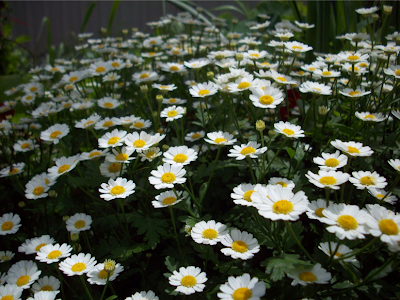After difficulties and frustrations with the aquaponics system, finally it appears to be ticking away nicely. Everything is working well. The 15 minutes of pump time. The time its off. The flow of the water, the draining of the water. Not too much. Not too little. Measured and balanced....
I have ripped out a number of the pioneer plants that were now looking a little worse for wear and upped the measure of seasol into the system to kick it along. The perch must be feeling the coming summer as they are rather hungry now and are not as shy as they used to be. I am gradually moving away from a diet of slugs and worms from the garden to snails, which are prolific at the moment. The perch seem to take them easily. I usually try to at least crush a little of the shell, but they seem to take them regardless. They will quickly take them as they sink down and rarely come near the surface while I am there. I managed to flick a snail into the tank yesterday and watched it bob on the surface before a fish grabbed it and took it under.
The plants around the garden pond are doing really well. REALLY well. There is a frustrating occurrence with the water level though. Now and then it seems as though the water table drops and so does the pond water. Today I took the plunge and actually purchased a large water container that will replace the liner of the pond. It is also as a measure of safety given we will have little feet running around the place in the near future. So I am looking at a more above ground pond. The other benefits will be I can place the water chestnuts in their containers straight into the pond and take them out or shift them when required for harvesting. The main disruption will be to the surrounding plants such as comfrey (which is finally growing nicely) and the hedge plants. They will all grow back in time.
The smaller pond that feeds into the larger one has a lovely, lush forest of watercress within it. It really is doing so well compared to other areas of the garden I have grown it. So, there is a winning combination there and I do not plan to change or alter it.
In much the same way, the Vietnamese Mint that is growing in the main pond is also doing very well. Tall, dark and vibrant. The new pond set-up will make it easier to harvest. It will also make the pond weed easier to reach and harvest and allow for viewing the koi a bit more regularly while being able to secure the reeds in their pots too.
The cons of the outfit are that the shape is round (bettter than square), but I do like the naturalness to the current ponds shape. Round it will have to be. It is also a deep blue. I will partly have it buried I think, and may paint it in some areas to camouflage it a bit more and let it blend with the rest of the garden. Aside from those two things I think it will be fine and will alleviate much of the frustration caused by the current pond.
Just waiting now to be able to begin the project!















































